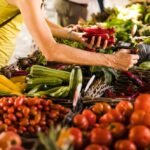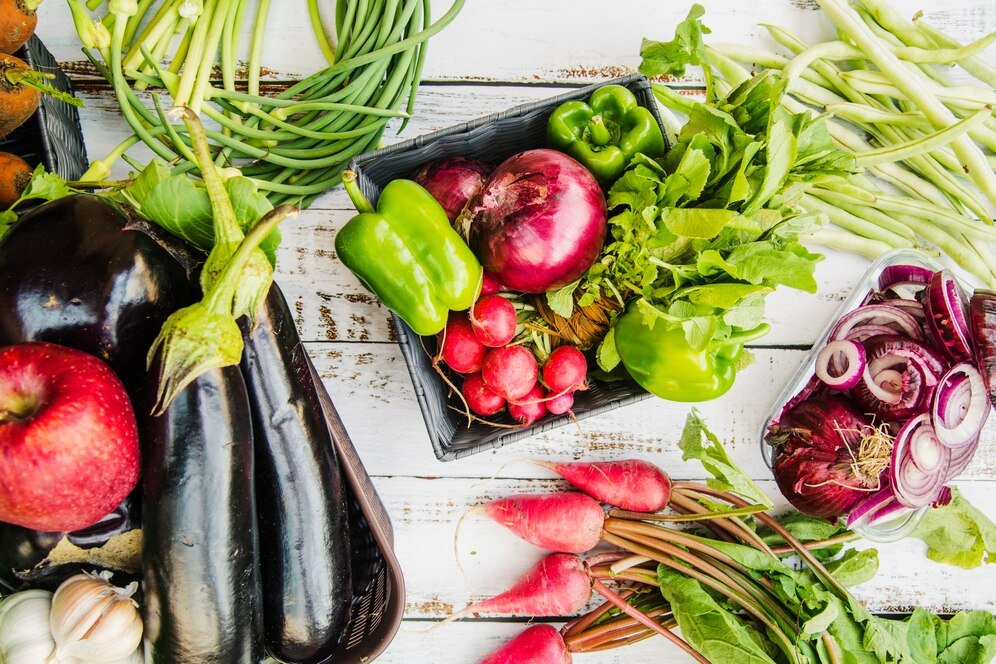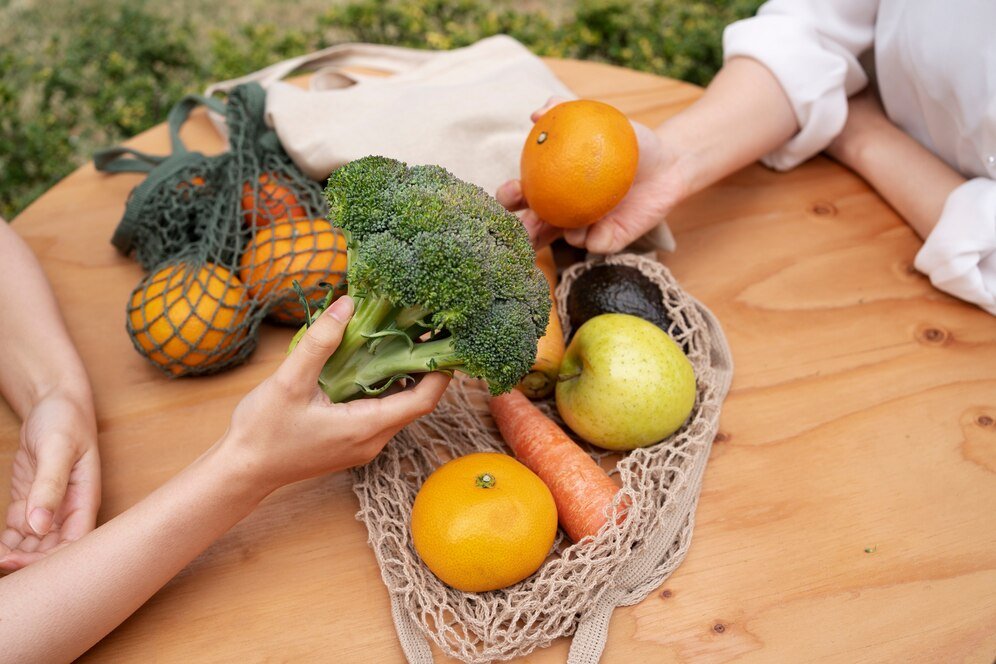Visiting a farmers’ market can be an exciting experience, especially if it’s your first time. The vibrant colors of fresh produce, the scent of home-baked bread, and the buzz of local vendors can be overwhelming. But fear not — with a few tips in mind, you’ll be able to navigate the market like a pro and make the most of your shopping trip.
Here’s a simple guide to help you get started.
1. Make a List (But Stay Flexible)
Just like any shopping trip, it’s helpful to have a list of the items you need. However, farmers’ markets are often filled with seasonal produce and unique, locally made products that may not be on your list. While it’s good to have a plan, keep an open mind and be ready to try new things.
Seasonal fruits and vegetables vary depending on where you live, so take a moment to look around and see what’s available. You might discover something new that you’ll want to incorporate into your meals.
2. Bring Cash (And a Reusable Bag)
Although many farmers’ markets now accept card payments, it’s a good idea to bring cash. Not all vendors may have credit card machines, and paying with cash can sometimes help speed up the transaction.
Also, don’t forget to bring a reusable shopping bag! Most vendors offer paper or plastic bags, but bringing your own reusable bag is an eco-friendly way to reduce waste and ensure your purchases are packed safely.
3. Ask Questions and Get to Know the Vendors
One of the best parts of shopping at a farmers’ market is the opportunity to speak directly with the people who grow your food. Don’t hesitate to ask vendors about their farming practices, how they grow their crops, or what’s in season.
Farmers love to talk about their products, and they’re usually more than happy to share information about how the food is grown and harvested. Asking questions can also give you insight into how sustainable the farm practices are, which is important if you’re looking for organic or eco-friendly options.
4. Don’t Be Afraid to Haggle (Politely)
Farmers’ markets are often more flexible with pricing than conventional grocery stores. While haggling isn’t always expected, it’s not uncommon to ask for a deal, especially if you’re buying in bulk or near the end of the market when vendors may be eager to sell the last of their stock.
If you’re buying multiple items from one vendor, ask if they’ll give you a discount. Be polite and respectful in your approach, and most vendors will appreciate your interest in supporting them.
5. Check Out the Non-Food Stalls
While fresh produce and organic goods are the stars of the show, many farmers’ markets also feature local artisans, bakers, and makers who sell handmade products. From fresh bread and honey to soaps, candles, and flowers, there’s a lot more to explore than just fruits and veggies.
Supporting local artisans not only helps the community but can also introduce you to unique, high-quality products that you might not find anywhere else.
6. Go Early (Or Late)
Farmers’ markets tend to be busiest in the middle of the morning and early afternoon. If you want the best selection of fresh items, it’s a good idea to arrive early. This gives you the chance to pick through the freshest produce and interact with the vendors before things get crowded.
If you’re looking for discounts or to pick up leftover items, visiting toward the end of the market can also be a good strategy. Many vendors will offer discounts on the last of their stock to avoid having to take it home.
7. Don’t Forget to Taste Before You Buy
Many farmers’ market vendors offer free samples of their products, especially when it comes to fruits, cheeses, and baked goods. Don’t be shy about trying before you buy — it’s a great way to discover new flavors and ensure you like what you’re purchasing.
If you’re unsure about a product, especially something like a unique variety of tomato or a new type of cheese, asking for a taste test is a great way to make an informed decision.
8. Enjoy the Experience
Finally, remember that a visit to the farmers’ market is more than just a shopping trip — it’s an experience. Take the time to enjoy the atmosphere, chat with the vendors, and appreciate the incredible diversity of products that are grown and made locally.
Farmers’ markets are often community hubs, and you might run into friends or neighbors while shopping. You can learn new recipes, discover new food trends, and enjoy the joy of shopping for food in an open, vibrant environment.
Conclusion: A New Kind of Shopping
Shopping at a farmers’ market is an opportunity to connect with the people who grow your food, support your local economy, and enjoy the freshest, healthiest produce available. By following these simple tips, your first farmers’ market experience will be a fun and fulfilling one.
So grab your reusable bag, head to your local market, and start discovering the joys of shopping local!









